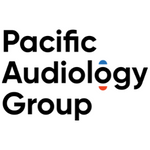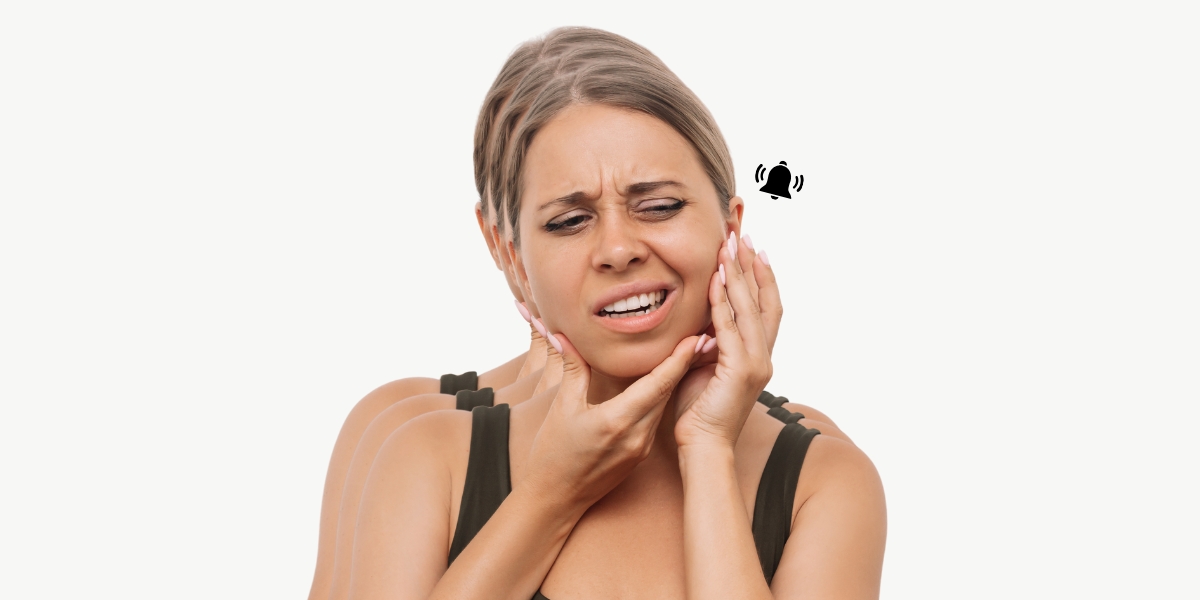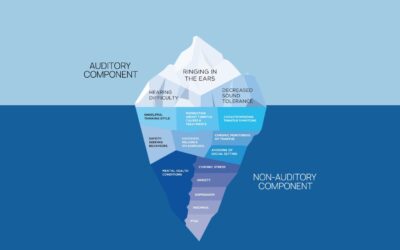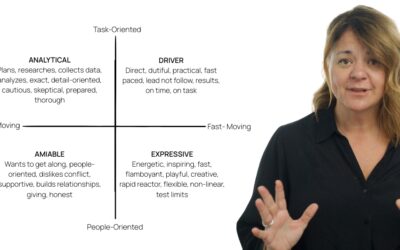What Causes Tinnitus?
Tinnitus, described as the perception of sound without an external source, affects approximately 15% of the population. Subjective (versus objective) tinnitus is the most prevalent form, often linked to auditory system dysfunction. Common causes include hearing loss, noise exposure, ototoxic medications, and age-related changes. Proposed mechanisms of subjective tinnitus, with the exception of some forms of pulsatile tinnitus, are increased rate and/or synchrony of spontaneous neural activity in the auditory pathways. This neural activity creates the phantom perception of sound, such as ringing, buzzing, or hissing. Potential tinnitus generator sites in the central auditory pathways are the cochlear nuclei, the inferior colliculi, and the auditory cortex.
Cross-Modal Interaction Between Auditory and Somatosensory Systems
The somatosensory system interprets stimuli like touch, kinaesthesia, proprioception, and pain through peripheral nerves, spinal cord, and brainstem. The auditory system processes sound through the cochlea, auditory nerve, and central auditory pathways. In somatosensory tinnitus, the somatosensory and auditory systems engage in cross-modal interaction. Specifically, excitatory and inhibitory projections from the somatosensory system project to the tinnitus generator sites in the auditory pathways. This cross-modal interaction makes it possible for the somatosensory system to modify tinnitus-related neural activity. This phenomenon explains why somatic modulation—such as jaw movements or neck tension—can alter the intensity, pitch, or overall quality of tinnitus in patients with somatosensory tinnitus.
Clinical Presentation of Somatosensory Tinnitus
Patients with somatosensory tinnitus often report unique characteristics. While typical tinnitus symptoms include persistent ringing or buzzing, somatosensory tinnitus may present with sounds modifiable by physical actions, such as clenching the jaw, moving the neck, or applying pressure to specific areas. Additionally, these patients might describe accompanying musculoskeletal discomfort, such as or stiffness of the jaw (temporomandibular) area, neck tension, or postural strain. Tinnitus may be unilateral and not accounted for by the audiogram. Patients may also report aural fullness, otalgia, and other otologic symptoms not accounted for by otologic pathology or dysfunction.
Audiologists should be attentive to these clinical signs during assessment. A detailed history can reveal patterns suggesting somatosensory influence, such as recent dental work, head or neck injuries, or repetitive strain from poor posture. Tinnitus that is low-pitched (pitch-matched below 1000 Hz) or that changes with jaw and/or neck pain is a prognostic indicator of somatosensory tinnitus may be more responsive to physiotherapy.
Patients that present with red flags for medical referral – tinnitus that is unilateral, pulsatile tinnitus, or symptoms of otalgia and aural fullness – can pursue physiotherapy in tandem with medical follow-up.
Role of Physiotherapy in Treating Somatosensory Tinnitus
Physiotherapy plays a vital role in addressing the musculoskeletal factors contributing to somatosensory tinnitus. Treatment focuses on correcting underlying dysfunctions to reduce somatosensory input that exacerbates tinnitus. Key components of physiotherapy treatment may include:
- Postural Education and Correction: Many patients with somatosensory tinnitus have poor posture, particularly involving the cervical spine and shoulders. Physiotherapists teach proper posture and provide exercises to strengthen postural muscles, reducing strain on the neck and jaw.
- Manual Therapy: Techniques such as myofascial release, joint mobilization, and soft tissue massage target tense or dysfunctional areas, particularly in the cervical spine and TMJ. These methods can alleviate muscular tension and improve joint alignment.
- Exercise Therapy: Tailored exercises focus on strengthening and stabilizing weak muscles, particularly in the neck, shoulders, and jaw. Stretching exercises also help alleviate tightness in overactive muscles.
- Neuromuscular Retraining: This involves exercises to improve the coordination and function of muscles affecting the TMJ, neck, and shoulders, ensuring balanced somatosensory input.
- Pain Management: Techniques such as dry needling, ultrasound therapy, or heat/cold applications may be used to address acute discomfort.
Patient Expectations from Physiotherapy
Patients undergoing physiotherapy for somatosensory tinnitus should have realistic expectations about treatment outcomes. While physiotherapy cannot directly eliminate tinnitus, it can significantly reduce its intensity and improve quality of life by addressing contributing musculoskeletal factors. Patients that present with significant mental health issues such as anxiety or depression may need to address these before beginning physiotherapy.
Patients can expect an initial assessment to identify specific somatosensory triggers. Treatment typically spans several weeks to months, with gradual improvements as musculoskeletal issues are resolved. Consistency with prescribed home exercises and postural adjustments is crucial for sustained benefits.
Encouragingly, many patients report reduced tinnitus intensity, fewer fluctuations, and less discomfort after physiotherapy. Equally important, addressing somatosensory dysfunction can improve overall well-being, including better posture, reduced neck and jaw pain, and enhanced mobility. If, however, there is no dysfunction, then there is nothing to treat.
Conclusion
Somatosensory tinnitus underscores the complex interplay between the auditory and somatosensory systems. For audiologists, understanding this condition is vital for accurate diagnosis and interdisciplinary collaboration. By referring patients to skilled physiotherapists, audiologists can help individuals manage somatosensory influences on their tinnitus, paving the way for holistic and effective care.
Definitions
Tinnitus: The perception of sound without an external sound source.
Somatosensory tinnitus: Tinnitus that is influenced or modified by input from somatosensory system, chiefly from muscles or joints of the cervical spine and temporomandibular area (Michiels et al. 2022).
Somatosensory system: The somatosensory system is a component of the nervous system that allows for perception of the senses of pain, temperature, head and body position (called proprioception), head and body movement (called kinesthesia), and touch.
Cross-modal interaction: Cross-modal interaction is the interaction between two or more different sensory modalities. The McGurk effect is an example of cross-modal interaction of visual and auditory perception.
Temporomandibular disorder (TMD): TMDs are defined as a set of diseases and disorders that are related to alterations in the structure, function, or physiology of the masticatory system and that may be associated with other systemic and comorbid medical conditions.(Yost 2020)
Want to Know More?
Glynnis hosts a 30-minute course, ‘Somatosensory Tinnitus‘, in our FREE Learn On membership; this course is eligible for continuing education credits (CEU/CPD) in many regions (details on the course page).
If you found this blog helpful, please share it on social media!





